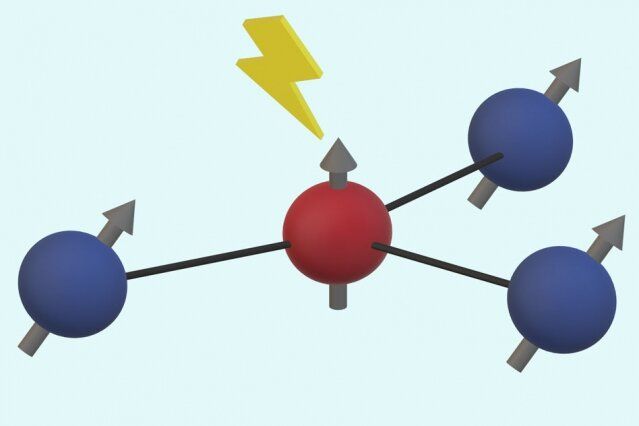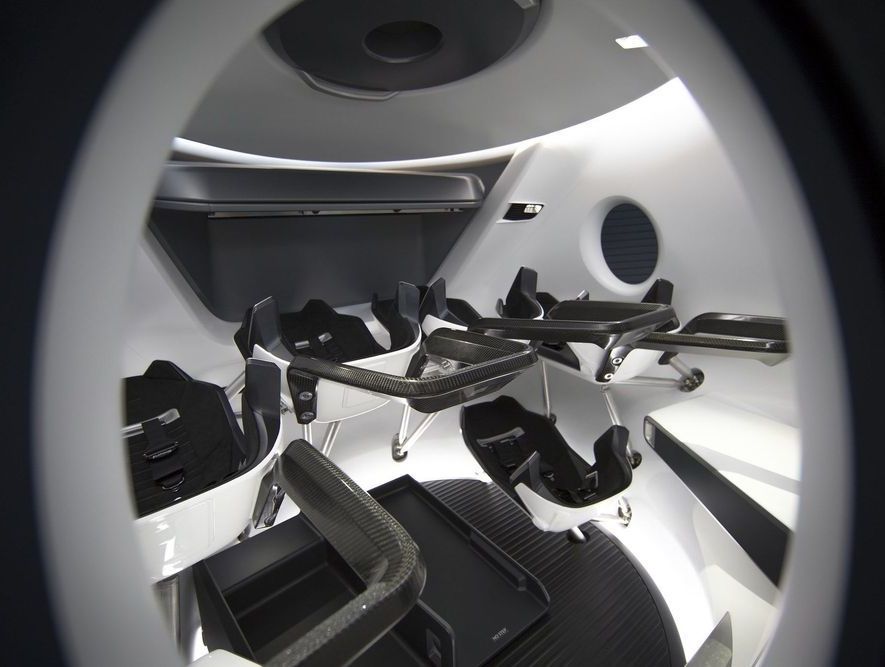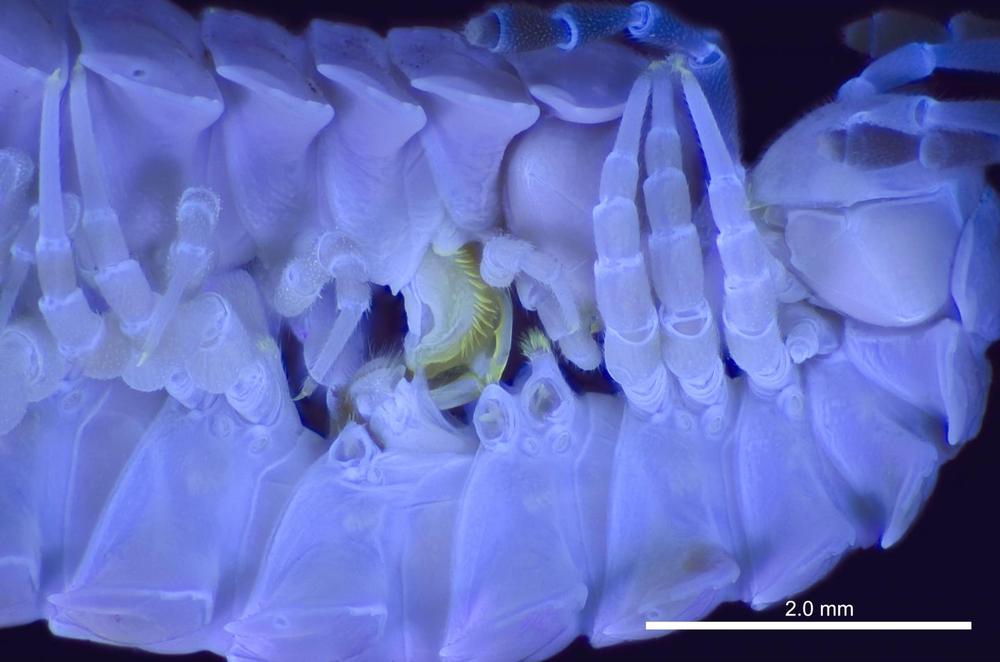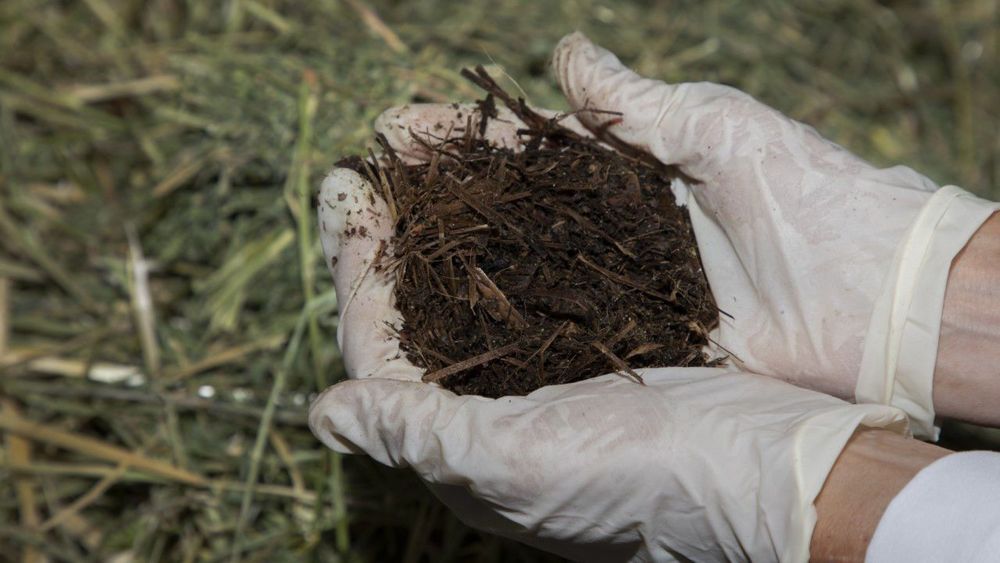Page 7850
Feb 18, 2020
How to Reduce Your Risk of Getting Cancer
Posted by Paul Battista in category: biotech/medical
Feb 18, 2020
SpaceX will launch private citizens into orbit
Posted by Genevieve Klien in category: space travel
The private spaceflight company is working with Space Adventures, which has helped manage trips to the International Space Station. The tourists will fly in SpaceX’s Crew Dragon capsule, but there’s no word on when the flight will happen or how much it will cost.
Feb 18, 2020
New Exoplanet Search Strategy Claims First Discovery
Posted by Genevieve Klien in category: space
By watching for a special kind of flare, astronomers have identified the fingerprints of an Earth-size planet orbiting a distant star.
Feb 18, 2020
The Fastest Spinning Object Ever Could Detect the Elusive Vacuum Friction
Posted by Genevieve Klien in category: particle physics
Scientists at Purdue University have made the fastest spinning object ever, a tiny ball of silicon dioxide that rotates 300 billion times per second. They positioned the microscopic silica balls in a vacuum and blasted them with two different lasers that induce the spin.
In 2018, scientists at the Institute for Photonics at ETH Zurich (a small, elite science university) created the first billion-RPM object and said they hoped it would accelerate, so to speak, the discovery of wild and unpredictable things. And that has certainly borne out, because the Purdue team has shown that even in a near vacuum, the spinning silica particles create measurable friction.
Feb 18, 2020
Correcting the jitters in quantum devices
Posted by Genevieve Klien in categories: computing, engineering, quantum physics
Labs around the world are racing to develop new computing and sensing devices that operate on the principles of quantum mechanics and could offer dramatic advantages over their classical counterparts. But these technologies still face several challenges, and one of the most significant is how to deal with “noise”—random fluctuations that can eradicate the data stored in such devices.
A new approach developed by researchers at MIT could provide a significant step forward in quantum error correction. The method involves fine-tuning the system to address the kinds of noise that are the most likely, rather than casting a broad net to try to catch all possible sources of disturbance.
The analysis is described in the journal Physical Review Letters, in a paper by MIT graduate student David Layden, postdoc Mo Chen, and professor of nuclear science and engineering Paola Cappellaro.
Feb 18, 2020
SpaceX signs deal to fly 4 space tourists around Earth in about two years
Posted by Genevieve Klien in category: space travel
SpaceX will fly four privately-paying space tourists to orbit in its Crew Dragon capsule, the company unveiled on Tuesday.
“This historic mission will forge a path to making spaceflight possible for all people who dream of it, and we are pleased to work with the Space Adventures’ team on the mission,” SpaceX president and COO Gwynne Shotwell said in a statement.
The customers will be brokered through Space Adventures, a company that’s flown private citizens to the International Space Station using Russian spacecraft. The firm said this Crew Dragon mission will allow four individuals to “see planet Earth the way no one has since the Gemini program” of the 1960s.
Feb 18, 2020
The mystery of millipede mating revealed in landmark imaging study
Posted by Genevieve Klien in categories: biotech/medical, education
A team of US scientists has just solved a long-standing biological mystery – how exactly do millipedes mate? Using a variety of novel imaging methods, including microscopic ultraviolet photography and micro-CT scanning, the research finally figured out how these tiny creatures get it on.
“This is the first time we’ve been able to understand these millipedes’ mechanism of insertion, how the male and female organs interact with each other,” says Petra Sierwald, from Chicago’s Field Museum and one of the study’s authors. “Before this, we had no idea how he would actually get the sperm into her.”
Millipedes can generally be somewhat shy organisms, so getting them to mate in laboratory conditions hasn’t been easy. The new study focused on a type of small, brown North American millipede called Pseudopolydesmus, known for being more than willing to mate, even in the most exhibitionist situations.
Feb 18, 2020
Body composting promises a sustainable way of death
Posted by Genevieve Klien in category: sustainability
Feb 18, 2020
Psychedelic drugs may transform mental health care. And big business is ready to profit from the revolution
Posted by Brent Ellman in categories: biotech/medical, business, neuroscience
Silicon Valley legends. Billionaire financiers. Patent attorneys. They’re all awakening to the massive potential of an industry preparing to emerge from darkness.


















